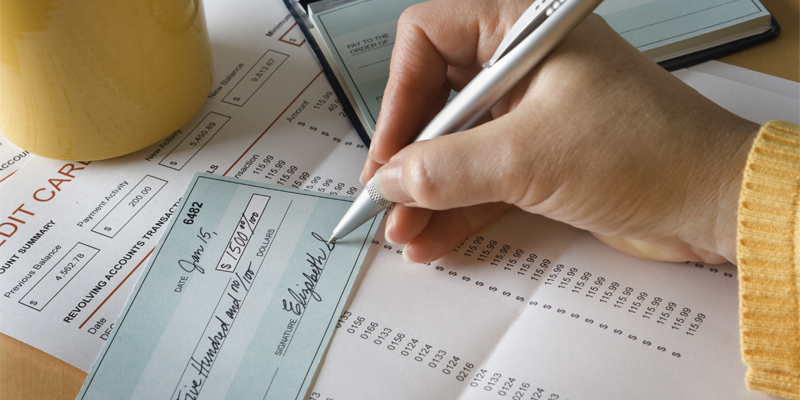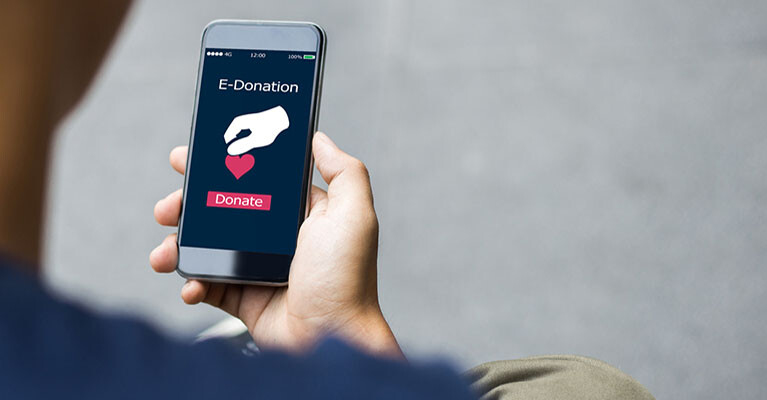Fraud has continued to rise in recent years, with the Federal Trade Commission reporting that consumers lost nearly $8.8 billion to fraudulent schemes in 2022, a 30% increase from the year prior.
Figures reported by the U.S. Treasury Department’s Financial Crimes Enforcement Network (FinCEN) indicate check fraud has risen significantly recently, with a whopping 239% increase in incidents between 2020 and 2022.
Scammers are always evolving their tactics to stay one step ahead of unsuspecting victims, but as the saying goes, sometimes what’s old is new again, and checking fraud has made a comeback in recent years.
Here are tips to protect yourself from check fraud.
What is Check Fraud?
Check fraud can take on many appearances, but commonly includes a tactic know as check washing.
In check washing schemes, fraudsters will take legitimate checks and alter the details like the recipient and amount and then deposit them. Scammers then frequently withdraw the money immediately or move it around to various accounts through wires and transfers to help disguise their fraudulent efforts.
In recent years, there has been an uptick in checks being stolen from the mail, including thieves stealing keys to large blue U.S. Postal Service mailboxes to gain access to checks and other personal information.
Scammers are known to target businesses as well, as their accounts are likely to have larger balances, so it is important to take steps to protect your company from check fraud if you’re handling your business’ finances.
Steps to Prevent Being a Victim of Check Fraud
While digital adoption over the years has seen the number of checks utilized decline, many consumers still use checks to pay their bills, send money to loved ones and more.
To help protect yourself, your finances and personal information, consider signing up for online bill pay for your regular expenses, and use online and mobile banking to transfer money to friends and loved ones when needed through peer-to-peer payment platforms like Zelle®, CashApp, and Venmo.
If you need to send a check through the mail, bring it directly to your local post office rather than placing it in your home mailbox or a large blue mailbox to reduce the risk of it falling into the hands of nefarious actors. You should also consider using black gel ink pens, which make it more difficult for fraudsters to “wash” the checks.
Stay vigilant with closely monitoring your account activities for unauthorized or fraudulent transactions.
In addition, it is important to protect your unused checks. Ensure no one else has access to your unused check stock and safeguard as you would cash.
What to Do if You’re the Victim of Check Fraud
If you’re the victim of check fraud – or any scam – report it to your bank and credit card companies immediately, including placing a stop payment on missing or stolen checks, requesting a freeze on your accounts, requesting new account numbers and cards, and reporting any fraudulent activity.
File a police report, file an identity theft report with the Federal Trade Commission. Lastly report any mail theft incidents to the U.S. Postal Inspection Service.
Falling victim to fraud can be scary and prove costly in both time and money, but with the right precautions, you can help reduce your risk.
That is a CISO perspective.

Helping you boost your financial intelligence.
Read our financial resources from your friends at WSFS.




